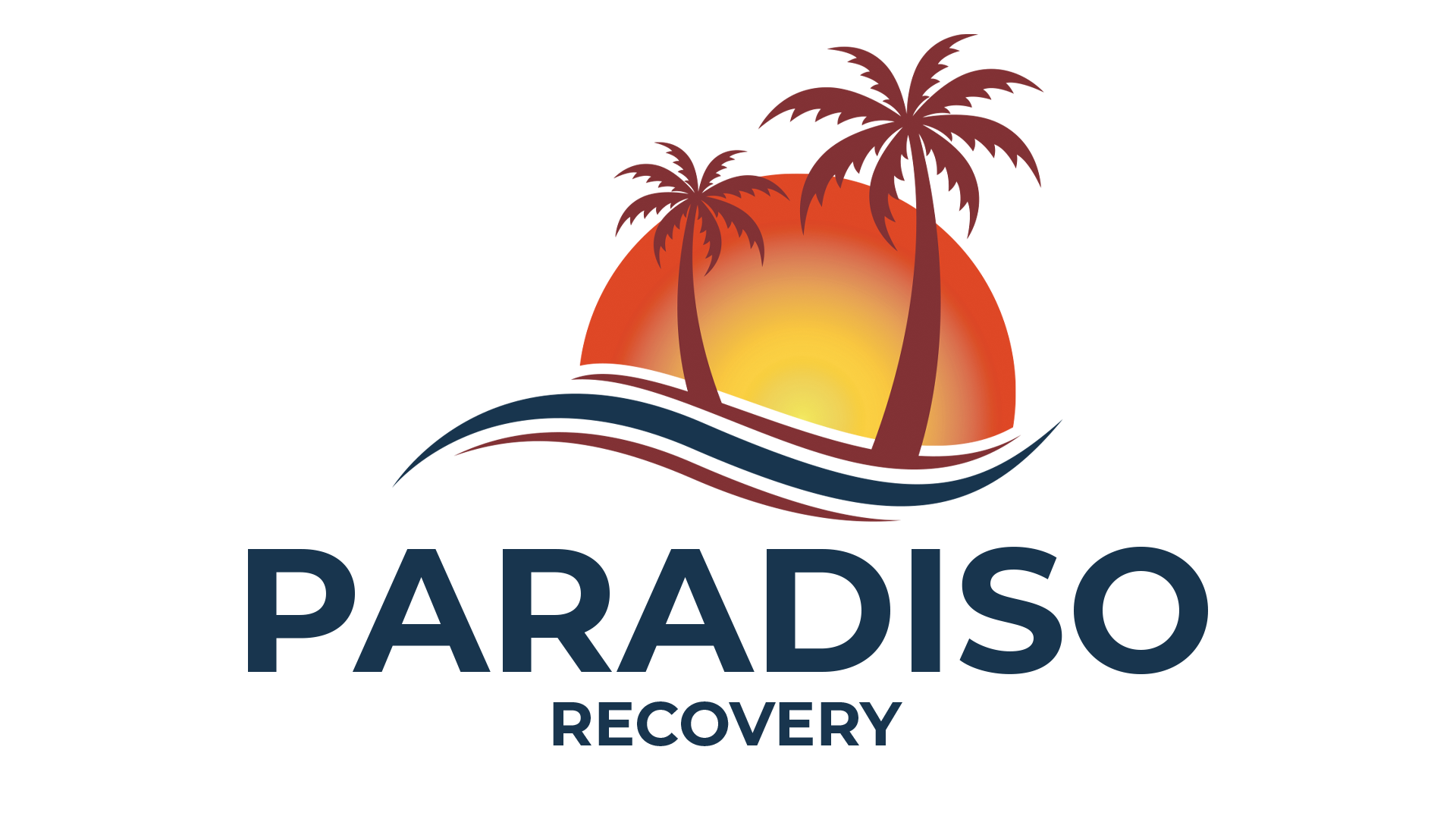Bath salts have become a topic of concern and curiosity in recent years. Many people hear the term and think of products used for bathing. But in the world of substance use, the meaning is very different.
Questions like “what are bath salts?” are common for those encountering this issue for the first time, whether for themselves or someone they know. Understanding what these substances are is an important step in learning about their risks and how they impact individuals and families.
What are Bath Salts?
“Bath salts” refers to synthetic cathinones, which are man-made stimulant drugs created in laboratories. These substances have no connection to epsom salts or other bathing products. The drugs were sold as “bath salts” in convenience stores, head shops, and other avenues to prevent detection by law enforcement. The colorful, professional-looking packaging can fool people into thinking the contents are safe or legal.
Bath salts are chemically related to cathinone, a natural stimulant found in the khat plant. Humans have been chewing and brewing khat leaves to experience their stimulant effects for centuries.
However, synthetic versions that mimic the effects of khat are much more potent and unpredictable. These are classified as designer drugs, meaning that they are one hundred manufactured and designed solely to make the consumer experience a high. Drugs classified as bath salts are dangerous stimulants that affect the central nervous system. These drugs are designed to mimic effects similar to powdered cocaine, methamphetamine (meth), or MDMA with a distinct twist.
How Bath Salts Work in the Body
Synthetic cathinones work by increasing activity of three brain chemicals: dopamine, serotonin, and norepinephrine. This means that they carry a high potential for addiction. But because bath salts are created in illegal and clandestine labs, there’s no oversight as to what goes into them. Various chemicals can be added to the salts with zero requirement to inform the consumer, and there is no obligation to disclose formula changes or ingredient switch-outs. This makes knowing the composition of an individual batch of bath salts very difficult without testing.
The most frequently found compounds in bath salts include MDPV (methylenedioxypyrovalerone), mephedrone, and methylone. Each of these compounds produces different effects and carries distinct risks.
MDPV is particularly dangerous because it stimulates the production of dopamine, producing a “feel good” effect that normally functions to teach the body when an action is beneficial. MDPV works to hijack this mechanism in the brain to create a temporary high, and is also the attributed source of the “fast zombie” hyperactivity of those who use bath salts.
Mephedrone and methylone work to prevent the reuptake of dopamine in the body, as well as potential other neurotransmitters. Many bath salts products contain combinations of these chemicals, and they (in addition to eight other synthetic cathinones) are classified as Schedule I illegal substances under United States law.
Street Names and Identification
Bath salts are sold under numerous street names designed to sound appealing or harmless. Common names include Cloud Nine, Ivory Wave, Vanilla Sky, White Dove, and Bliss. Variants and sub-types of certain formulations can be identified by their chemical combinations. These have specific names like Monkey Dust, Flakka, or Zoom.
These substances typically appear as white or brown crystalline powder, though they can also look like small granules or crystals. Packaging is often small plastic or foil packets with bright colors and professional-looking labels, not unlike the packaging for legal marijuana. They may feature labels that say “not for human consumption” as a way of suggesting that they are literal bath salts, not the drug.
Because of the highly illegal nature of bath salts, many manufacturers and dealers frequently switch up their recipes so that it’s not identifiable as an illegal substance. By the time law enforcement is able to identify and outlaw a particular formula, there are likely new formulations available for sale on the street. There may be absolutely no disclosure to customers—a package of Monkey Dust purchased one week may be a completely different product from the previous week, with completely different effects.
How Bath Salts Affect the Body
Bath salts can produce both immediate and long-term effects on the body and mind. The intensity and duration of these effects depend on the specific chemical composition, amount used, and method of consumption.
Immediate effects typically include increased energy, euphoria, and heightened alertness. Negative effects often accompany these, including paranoia, agitation, and hallucinations. Physical symptoms may include rapid heartbeat, elevated blood pressure, and hyperthermia (dangerously high body temperature).
Long-term use can result in severe health consequences. These may include persistent paranoia, memory problems, cardiovascular damage, and addiction to bath salts. Some users experience prolonged psychosis that can continue even after stopping drug use.
Methods of Use
Bath salts can be consumed through several methods, each carrying specific risks. These include:
- Snorting: Produces rapid effects but damages nasal passages
- Smoking: Creates almost immediate effects, with high risk of lung damage
- Injecting: Most dangerous method, with highest overdose risk
- Oral consumption: Slower onset but longer-lasting effects
- Rectal consumption: Faster onset, but potential damage to surrounding tissue
Overdose Risks and Warning Signs
Bath salts carry a high risk of overdose due to their unpredictable strength and composition. Overdose symptoms can appear quickly and may be life-threatening.
Critical warning signs include:
- Severe agitation
- Hallucinations
- Seizures
- Chest pain
- Extremely high body temperature
- Rapid or irregular heartbeat
- Difficulty breathing,
- Loss of consciousness
The unpredictable nature of bath salts makes overdoses particularly dangerous. Different batches may contain vastly different concentrations of active ingredients, making it impossible to gauge a “safe” amount.
Legal Status of Bath Salts
Most synthetic cathinones are illegal under federal law in the United States. The Synthetic Drug Abuse Prevention Act of 2012 classified many common bath salts compounds as Schedule I, indicating that they have high abuse potential and no accepted medical use.
However, manufacturers continue to create new chemical variations to circumvent existing laws. When one compound becomes illegal, slightly modified versions may appear on the market. This ongoing back and forth between manufacturers and law enforcement makes regulation challenging.
State laws vary, with some states having additional restrictions on synthetic cathinones. The legal landscape continues to evolve as authorities work to keep up with new chemical formulations.
Treatment Options for Bath Salts Addiction
Recovery from bath salts addiction typically requires professional treatment due to the complex physical and psychological effects these drugs produce. Treatment approaches often include medical detoxification, behavioral therapies, and ongoing support.
Medical detoxification helps manage withdrawal symptoms, which can include severe depression, anxiety, and cravings. This process typically occurs in a supervised medical setting where staff can monitor vital signs and provide supportive care.
Behavioral therapies address the psychological aspects of addiction. Cognitive behavioral therapy (CBT) in particular can help individuals recognize triggers and develop coping strategies, while contingency management uses reward systems to encourage drug-free behaviors.
Long-term recovery often involves ongoing support through counseling, support groups, and aftercare programs to prevent relapse. Treatment plans are typically individualized to address each person’s specific needs and circumstances.
Frequently Asked Questions About Bath Salts
What do bath salts look like?
Bath salts drugs typically appear as white or brownish-yellow crystalline powder, similar to epsom salts in appearance. They are commonly packaged in small, colorful packets.
How long do synthetic cathinones stay detectable in drug tests?
Synthetic cathinones can typically be detected in urine for 1 to 3 days after use, though detection windows may vary based on the specific compound and frequency of use.
Can bath salts cause permanent brain damage?
Research suggests that repeated use of synthetic cathinones may cause lasting changes to brain chemistry and function, potentially affecting memory, decision-making, and emotional regulation.
What makes bath salts more dangerous than other stimulants?
The unpredictable chemical composition of bath salts makes them particularly dangerous, as users cannot know what specific compounds or concentrations they are consuming.
How can someone get help for bath salts addiction?
Professional addiction treatment programs offer comprehensive care including medical detox, therapy, and ongoing support tailored to address synthetic cathinone addiction.
Heal From Drug Addiction at Paradiso Recovery
Recovery from bath salts addiction is achievable with appropriate professional support. Many individuals have successfully overcome addiction to synthetic cathinones through comprehensive treatment programs.
At Paradiso Recovery, we understand the unique challenges posed by bath salts addiction. Our individualized treatment approach addresses both the physical and psychological aspects of recovery, providing the comprehensive care necessary for lasting sobriety.
Our team of dedicated professionals works with each individual to develop personalized treatment plans that address their specific needs and circumstances. Call now to speak with an admissions consultant for a confidential assessment.

